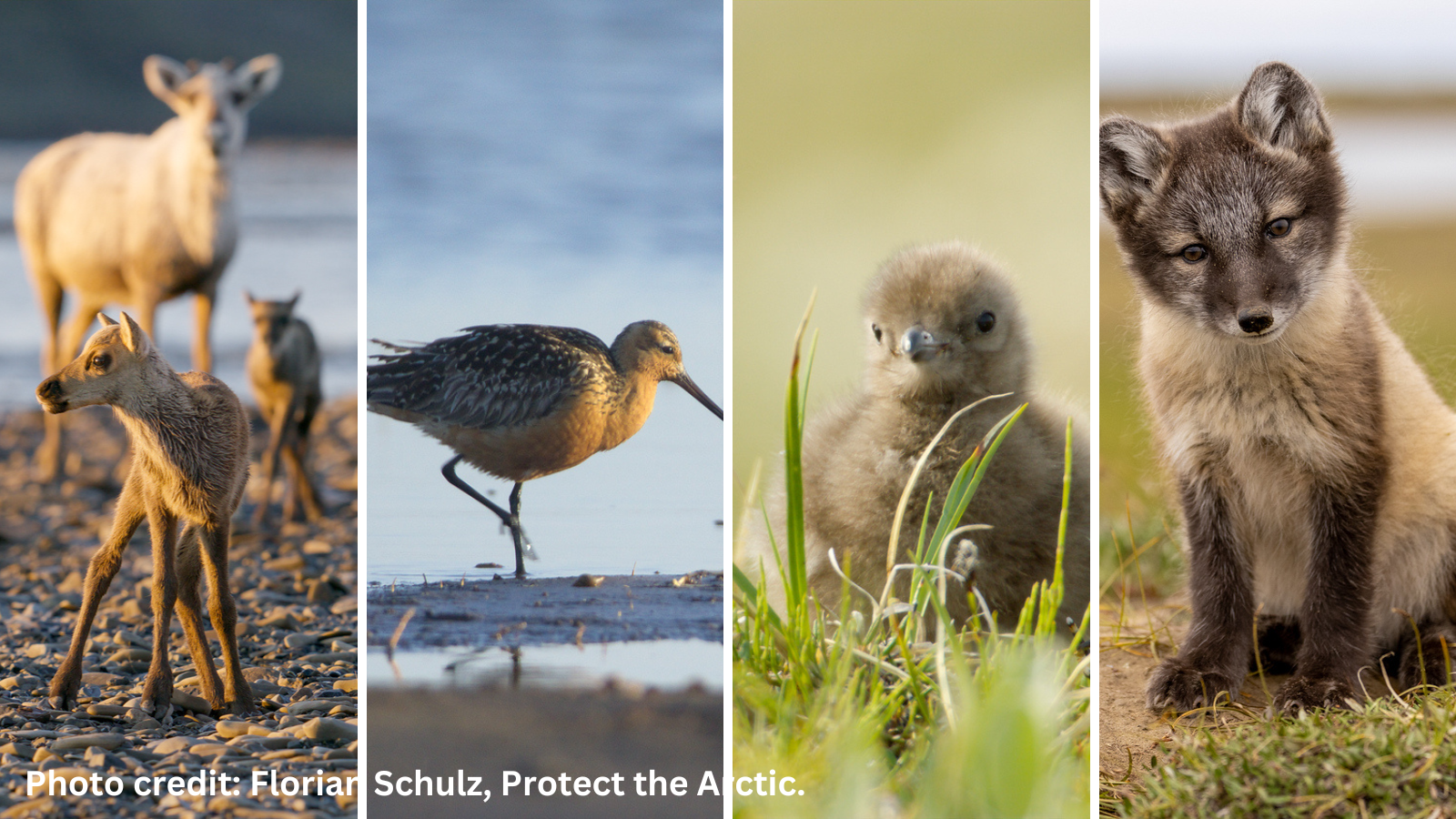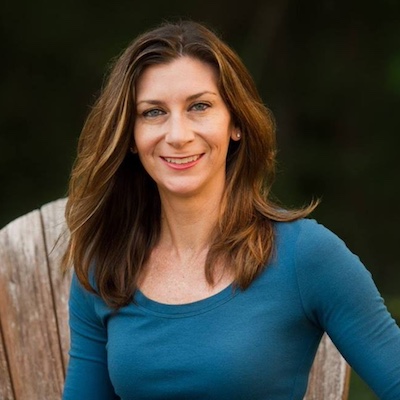
Save the Seagrass to Save Manatees
Big strides are being made to clean up manatee feeding grounds but lawmakers are considering a new rollback that would jeopardize recent progress.
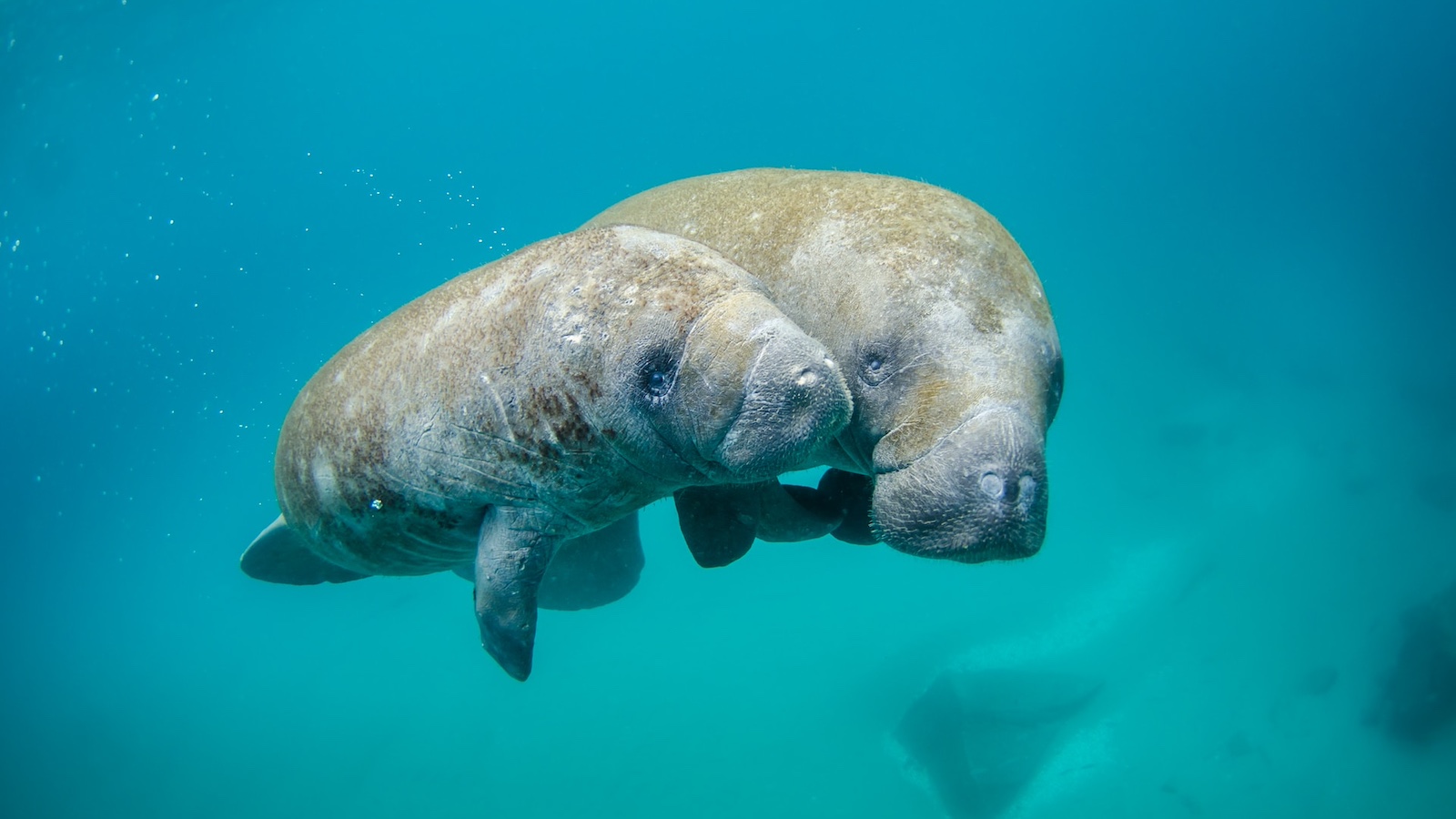
It’s hard to say if there is an animal in Florida that is more loved than the Florida manatee. People travel from all over to see them in our springs and I remember my first time seeing a mother manatee and her baby underwater from a safe distance. It felt like magic to watch this enormous animal expertly navigate a canal in search of a seagrass snack. This time of year, you can see them in great numbers near warm waters, like the ones around the Tampa Electric Power Station in Apollo Beach, in the Indian River Lagoon or in our many central Florida springs. As you watch these gentle giants glide through the water by the dozens, it can be hard to believe they are fighting for survival. Numbers fell sharply in 2020 as manatees faced an unprecedented threat of starvation. Current projections put their population close to 7500.
A concerted effort is underway to restore the seagrass these animals eat, but new proposed legislation could endanger our progress.
The Root of the Problem: Seagrass Beds are shrinking
Manatees face several threats, but the largest is simply having enough to eat. From 2020 to 2022 about 2500 manatees died in our waters, many starved to death. A high percentage of those deaths happened on the Atlantic coast in the Indian River Lagoon (IRL), prompting state officials to investigate. They found out that seagrass beds, their main source of food, were disappearing in record numbers. Nitrogen and phosphorus runoff was fueling unprecedented algal growth that blocked out sunlight, killing the seagrass. By 2022 the lagoon had lost 46,000 acres of seagrass.
Across the state in Tampa Bay the seagrass story is similar, to a lesser extent. The bay has lost 12% of its seagrass in the last 2 years, mostly in the northern area known as Old Tampa Bay High levels of nitrogen in the water there also contribute to harmful algal blooms.
Human waste from septic tanks and fertilizer runoff are significant contributors to seagrass loss
For years officials believed that fertilizer runoff alone was the main contributor to the harmful algal blooms and counties around the state enacted fertilizer bans during the rainy season and adopted regulations on fertilizer use. Now, research from a five year FAU study reveals that human waste from septic tanks causes a large portion of the elevated nitrogen levels. Fertilizer bans may help reduce nutrients flowing into our waterways, but further action is needed. For example, Brevard County has about 53,000 septic systems in the IRL watershed according to their website. They treat over 1 billion gallons of sewage a year, which contributes nearly 400,000 pounds of nitrogen pollution to the lagoon each year. It’s just one of six counties that border the Indian River Lagoon.
Cutting Pollution in the Indian River Lagoon and Tampa Bay
With pollution at record highs and seagrass at record lows, in 2022 an emergency effort to feed the manatees extra food was put in place while environmental and conservation groups and government officials sprang into action.
Municipalities like St. Lucie county began plans for stormwater ponds that would divert surface water away from the lagoon. Titusville tapped into state funding to replace 8,000 feet of its old and leaky sewer infrastructure. And just this month Governor Ron Desantis created the Indian River Lagoon Protection Program with $100M in funding for 21 priority water quality projects aimed at reducing harmful nutrients from entering the lagoon. Many of those projects focus funds on moving communities that are currently on septic over to sewer. Some counties, like Brevard, have been issuing homeowner grants to help some of the dirtiest systems get moved over quickly. The governor’s program mandates that all current septic systems in the lagoon watershed must either hook up to sewer or upgrade to a nitrogen-reducing advanced septic system by 2030. The goal is ambitious, local officials say current sewage treatment facilities don’t have the capacity for everyone to convert and septic companies are already stretched thin to meet the extra demand they have now. The success of this new program will depend on local municipalities receiving the support they need to implement it.
On the gulf side of the state, Hillsborough County, which borders Tampa Bay, will use about $6.1M in state grants to begin eliminating septic tanks and low pressure sewer systems around the bay. The conversion from septic to sewer is free to homeowners and businesses in qualified areas. And thanks to a grant from the National Estuary Program both Hillsborough and Pinellas counties will be part of a new project aimed at pinpointing pollution leakage from septic tanks, down to the household. This information will be used to create an impact ranking for septic systems in those counties, so officials can prioritize which areas should get funding to switch to sewers first.
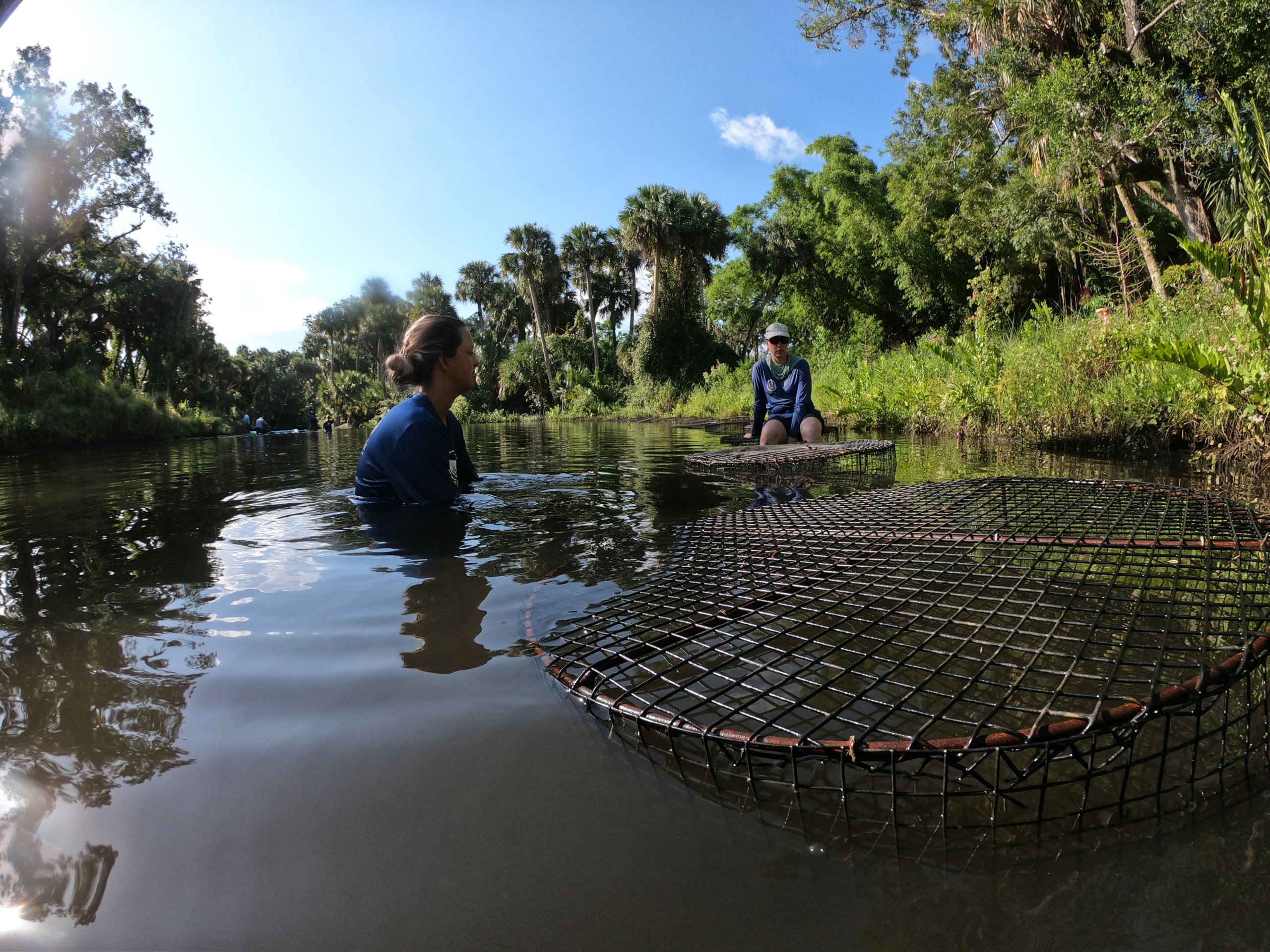
Promising Signs that Seagrass Beds can Grow Again
With efforts in place to begin curbing pollution, environmental groups planted dozens of new seagrass beds in the Indian River Lagoon and its tributaries. Funded largely through private donations, the Fish & Wildlife Foundation of Florida and Restore Our Shores Conservation program through the Brevard Zoo planted in areas where water quality monitoring showed seagrass was most likely to thrive. So far results are looking good and this year the emergency hand-feeding effort to supplement the manatee’s diet was dropped. Manatee deaths were also lower in 2023 than the previous 3 years.
But these pollution reductions could be reversed if legislators in Tallahassee let developers endanger our wetlands.
One of the most important natural resources we have to improve water quality is our native wetlands. These sensitive lands help absorb the pollutants that flow into our waterways. In Florida they are mainly mangroves, marshes, swamps, forested wetlands, and bogs. In addition to improving water quality they are some of the most productive habitats on earth for fish, shellfish and birds.
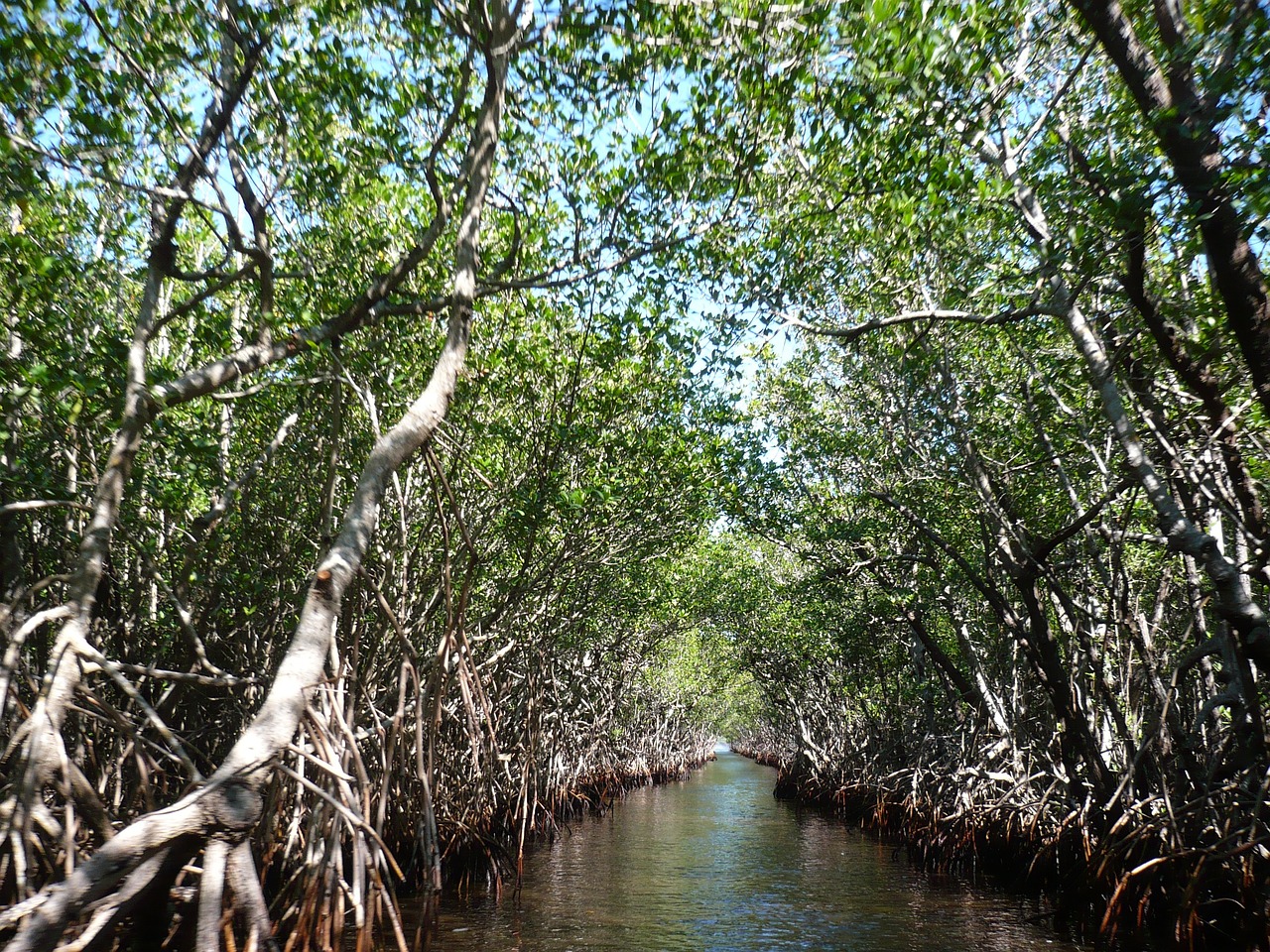
State legislators are considering dramatically reducing wetlands protections.
If developers are able to encroach on our wetlands and increase the flow of contaminated runoff by building adjacent to them, then more pollution will enter our waterways. That decision would counteract the current efforts to improve water conditions for seagrass to grow and manatees to repopulate. Most wetlands in America lost federal protection from pollution in the summer of 2023 so it is more important than ever for Florida to step up and protect these natural barriers.
How You Can Help
Tell your state representatives to vote no on HB 527/SB 664 which would require all counties to reduce their wetland buffer zones to the state minimum or buy the land they want to buffer. In most cases this gives developers the ability to build within 15 feet of these sensitive lands. Currently many counties, like Orange county, have larger buffer zones and expanded wetland protections to keep polluted runoff to a minimum. If this new law is passed those protections will be revoked. Protect our wetlands and tell legislators to vote no on the wetlands rollback.

Tell Lawmakers: Protect Florida Wetlands
We need Tallahassee lawmakers to protect state wetlands and reject the proposed wetlands buffer rollback.
Topics
Authors
Mia McCormick
Advocate, Environment Florida
Mia is focused on fighting for clean waterways, protecting Florida’s environmentally sensitive areas, advocating for stronger wildlife protections and reducing plastic pollution on our beaches. Mia lives in the Tampa Bay area and loves taking her family on nature adventures.
Find Out More
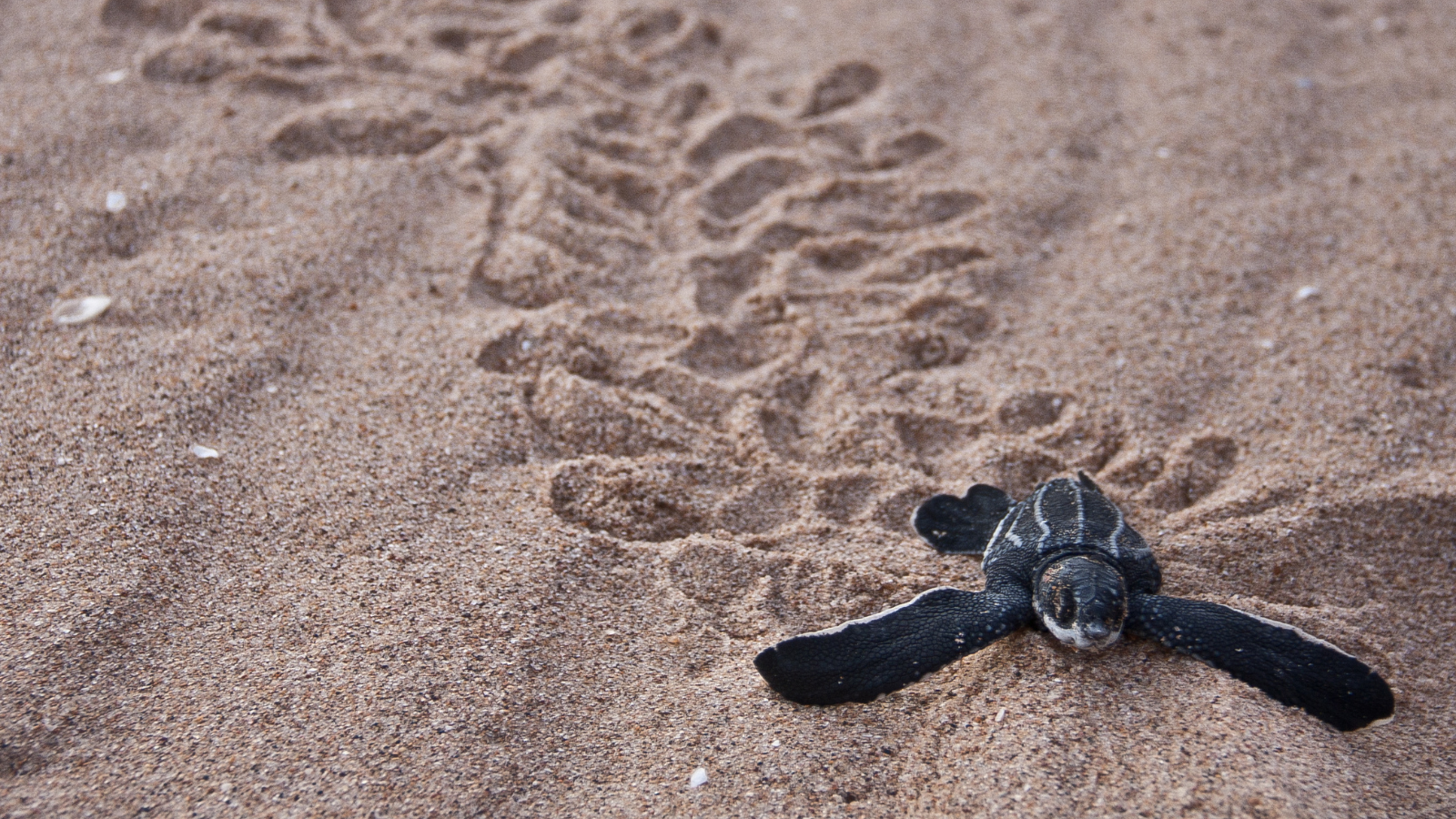
Where in the world do leatherback turtles go?
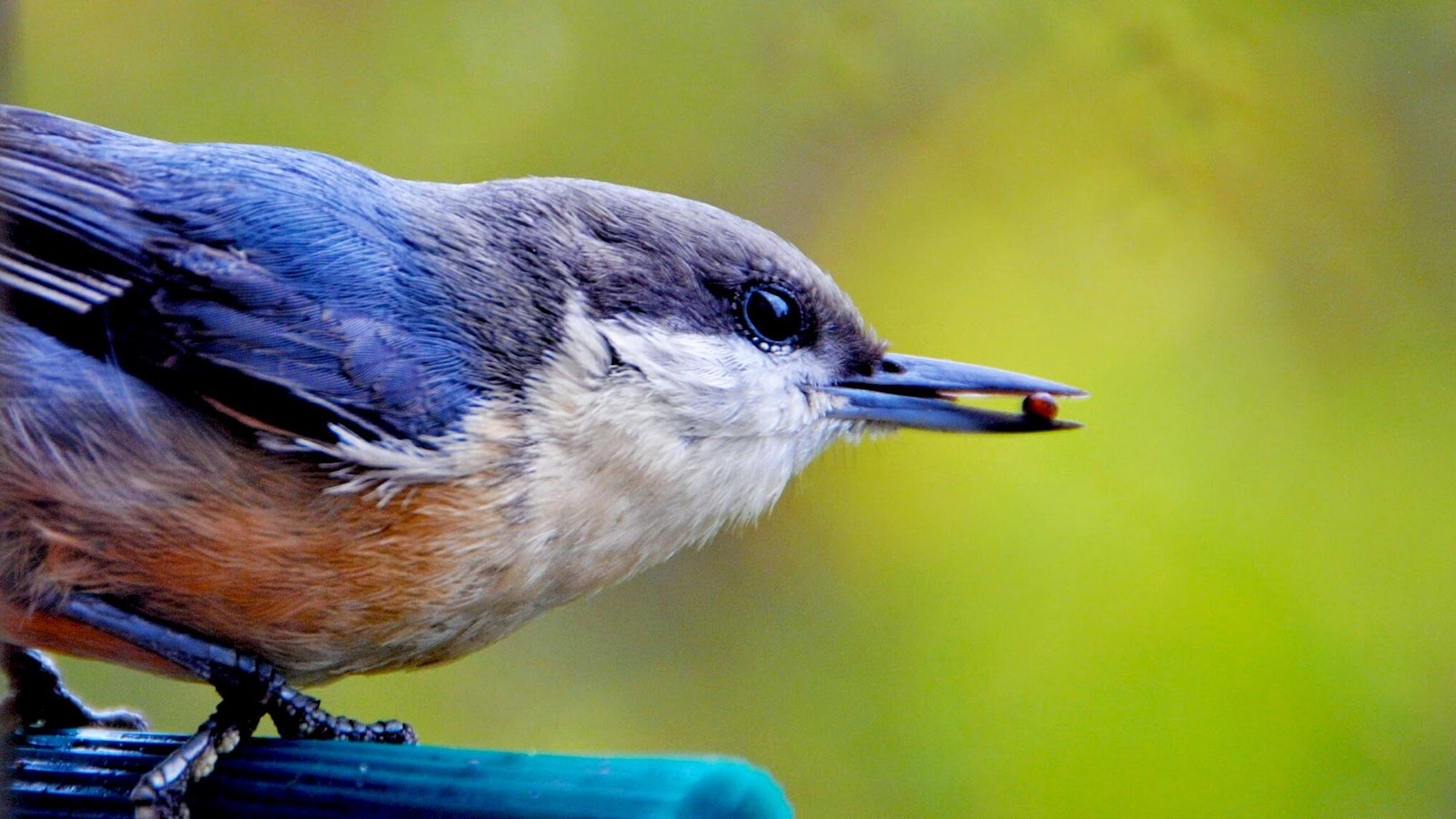
EPA report says pesticides endanger wildlife
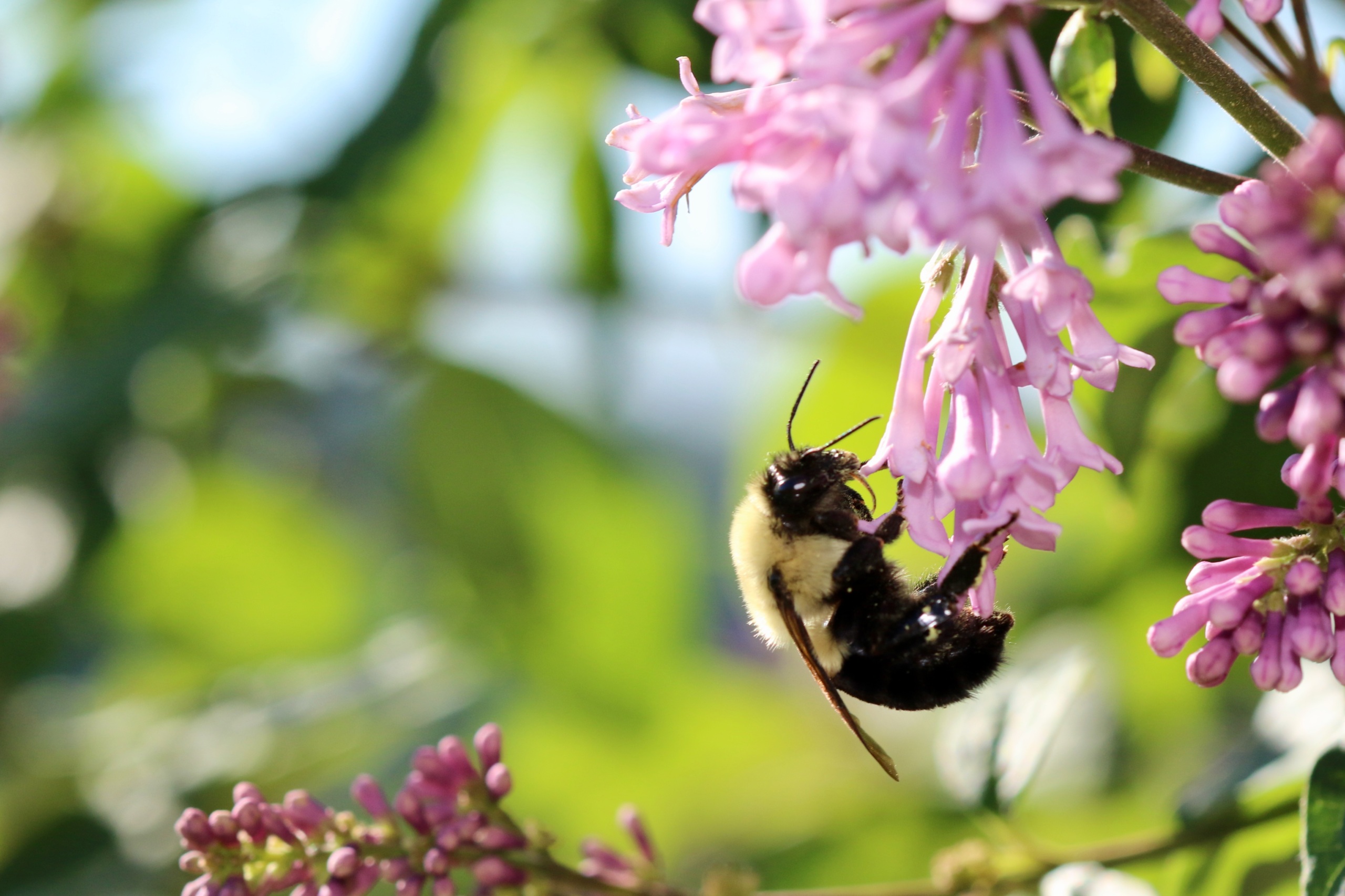
Why we should save the bees, especially the wild bees who need our help most
